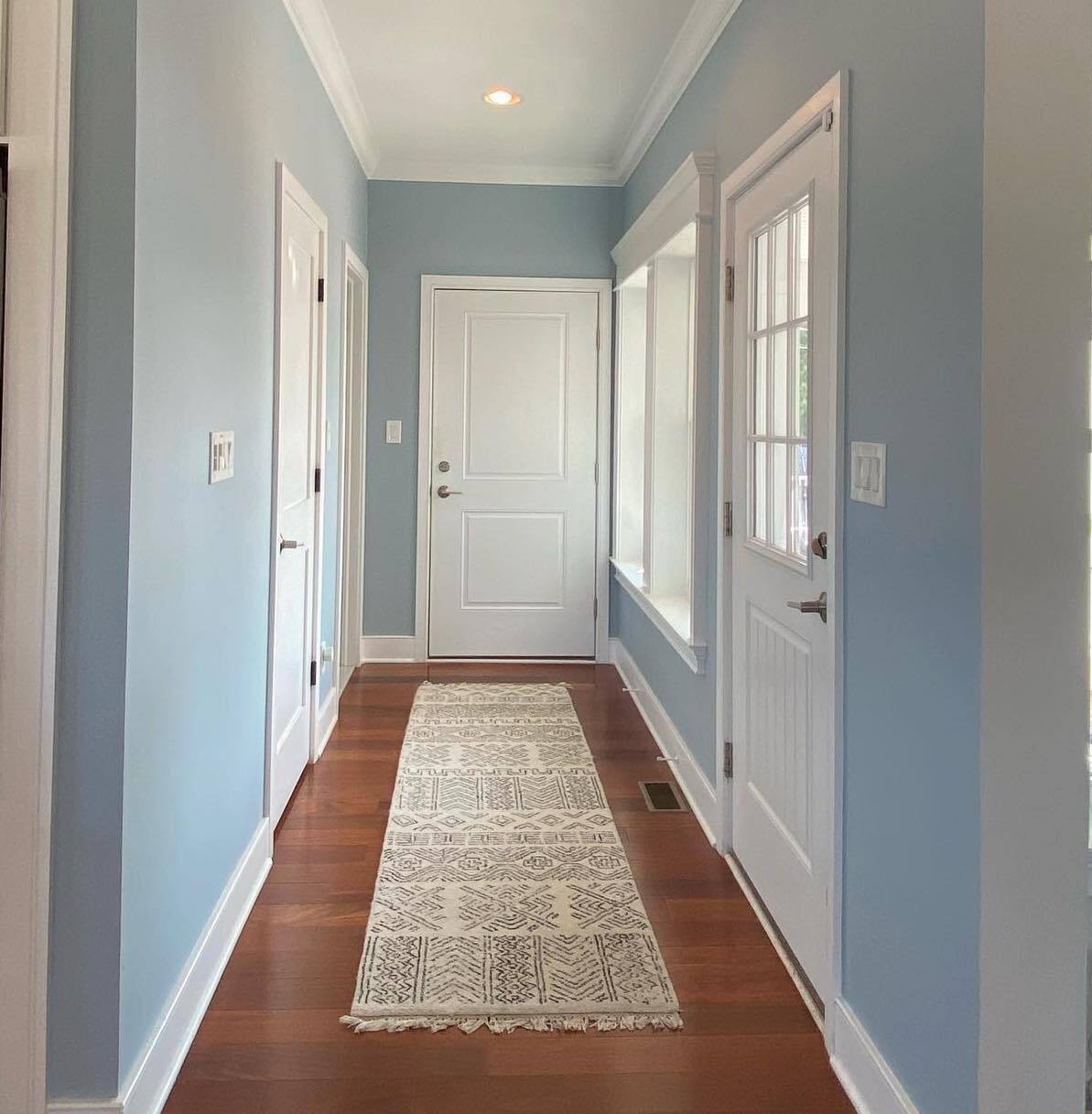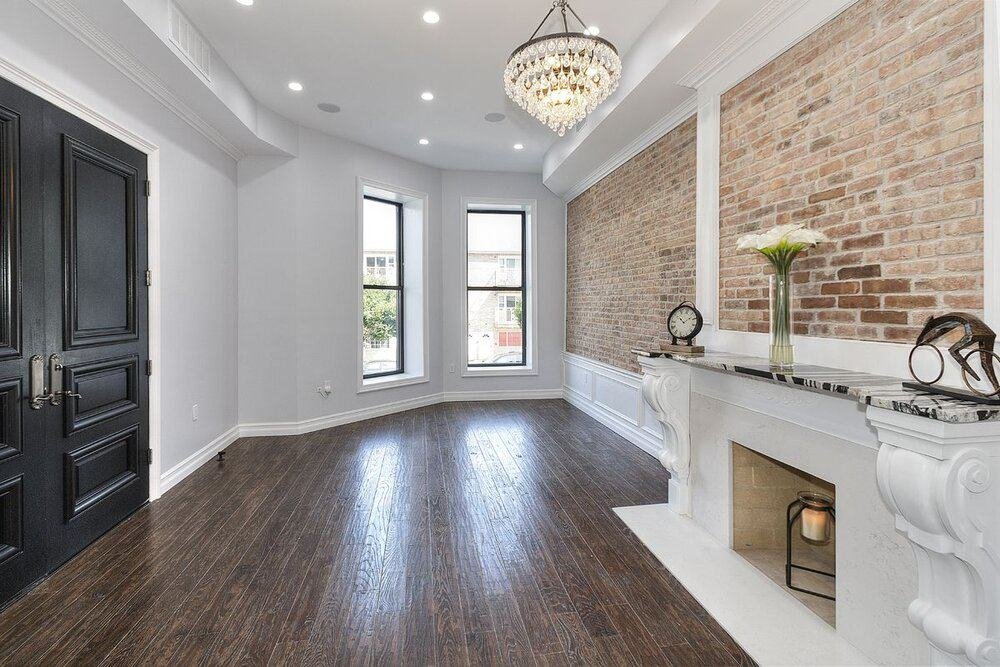Get the Best Cleveland Metro Painting Specialists for Flawless Interior Painting
Get the Best Cleveland Metro Painting Specialists for Flawless Interior Painting
Blog Article
Enhance Your Interior Decoration With Comprehensive Color Assessment
The combination of shade consultation right into interior decoration presents an one-of-a-kind chance to improve and raise the visual and emotional resonance of a room. By involving with an experienced shade expert, you can navigate the intricacies of shade choice, guaranteeing that your options not just complement architectural features however also reverberate with personal style and mental impact. This strategic collaboration can substantially affect the general environment of your atmosphere, fostering a sense of harmony and purpose. Understanding the nuances of this procedure is necessary-- what essential aspects should be considered to achieve ideal results?
Benefits of Color Assessment

Moreover, shade consultation aids in taking full advantage of all-natural light and optimizing spatial understanding. Lighter colors can make a space show up more large, while darker shades create an intimate setting. Cleveland Metro Painting Specialists. This calculated application of shade can substantially influence the general ambiance of any type of interior area
In addition, professional consultants have an extensive understanding of existing patterns and ageless classics, making certain that the picked colors will certainly continue to be enticing with time. This foresight can save customers from expensive redesigns in the future. Color appointment empowers customers by giving them with a clear vision and direction, promoting confidence in their design options and eventually leading to a more effective and gratifying indoor layout end result.
Comprehending Color Psychology
The value of color psychology in interior style can not be overemphasized, as it explores the psychological and emotional impacts that numerous colors can evoke in people. Colors can influence mood, behavior, and also performance, making them a vital consideration in any kind of design project.
For example, warm colors such as red, orange, and yellow are often connected with power and heat. They can promote sensations of enjoyment and comfort, making them ideal for social areas like living areas or cooking areas. Alternatively, awesome colors like blue, environment-friendly, and purple often tend to evoke peace and tranquility, making them suitable for bed rooms or reflection areas.
In addition, the usage of neutral tones can develop a well balanced atmosphere by enabling the bolder colors to stand out without frustrating the senses. Recognizing these mental effects makes it possible for designers to develop areas that not only look aesthetically pleasing but additionally advertise emotional well-being.
Incorporating shade psychology into interior design involves a thoughtful choice of hues customized to the desired feature of each area, eventually enhancing the general experience for its passengers. This recognition is important for achieving a functional and unified interior atmosphere.
The Color Wheel Described
Understanding the connections between colors is crucial for efficient indoor style, and the shade wheel serves as a beneficial device in this process. The color wheel, created by Isaac Newton in the 17th century, highlights the spectrum of colors set up in a round style. It comprises primaries-- red, blue, and yellow-- that can not be produced by blending other colors. Second shades, formed by incorporating main shades, consist of green, orange, and purple. Tertiary shades result from blending a key and a secondary color, resulting in shades such as turquoise and red-orange.
The color wheel assists developers grasp the relationships in between colors, including corresponding, comparable, and triadic plans. Corresponding shades, located opposite each various other on the wheel, develop vivid contrasts that can invigorate a space. Similar colors, located alongside each other, give a cohesive and unified appearance. Triadic systems make use of three evenly spaced shades, offering equilibrium and aesthetic rate of interest.
Utilizing the shade wheel in interior design not only improves aesthetic appeal but likewise evokes certain feelings and atmospheres, making it an essential referral for shade appointment. Recognizing these connections eventually empowers developers to read develop rooms that are both practical and visually fascinating.
Choosing the Right Palette
Typically, picking the right scheme is a decisive consider accomplishing an effective interior decoration task. A well-chosen color design can unify a space, boost its functions, and stimulate desired feelings. To begin, take into consideration the purpose of the room. Various areas serve different features and need combinations that reflect their intended use; for example, relaxing colors such as soft blues or environment-friendlies function well in bedrooms, promoting relaxation.
Following, take into consideration the natural light offered. Light can considerably alter exactly how shades show up, so it is important to evaluate the room at various times of the day. Furthermore, think about existing architectural components and home furnishings. A harmonious scheme ought to enhance these attributes, developing a cohesive look throughout the area.
When selecting shades, utilize the 60-30-10 policy, which suggests that 60% of the area ought to be a leading color, 30% a secondary color, and 10% an accent shade. This proportion guarantees balance and visual interest (Cleveland Metro Painting Specialists). Finally, sample colors on the wall surfaces before committing, as this allows you to see how the colors interact with one an additional and the total setting they produce in your interior decoration job.
Collaborating With a Color Professional

When functioning with a color expert, the procedure commonly starts with an initial appointment. Throughout this conference, you'll review your vision, choices, and the existing aspects in your room. The consultant will certainly evaluate your demands and might suggest details shade schemes that straighten with your goals.
After developing an instructions, the professional will certainly supply samples and aesthetic help to help you picture the suggested color design. This action is vital, as colors can show up differently under differing illumination conditions.
Furthermore, a shade specialist can assist you in picking corresponding home furnishings, art work, and devices to balance with your chosen palette. By collaborating closely, you can accomplish a polished aesthetic that elevates your insides and creates a welcoming environment. Eventually, the know-how of a shade consultant can substantially improve the general impact of your design project.
Conclusion
In summary, extensive shade consultation serves as an essential device for improving interior Read More Here design. By leveraging expert expertise of shade psychology and spatial characteristics, a customized shade palette can be established to stimulate certain emotions and produce a harmonious setting.
By involving with a skilled shade professional, you can navigate the complexities of color option, making sure that your selections not just complement architectural features yet likewise resonate with individual style and emotional impact. It consists of primary colors-- red, blue, and yellow-- that can not be produced by blending various other shades.The shade wheel aids developers grasp the connections between colors, including complementary, analogous, and triadic systems.When picking colors, use the 60-30-10 regulation, which suggests that 60% of the room need to be a dominant color, 30% an additional shade, and 10% an accent color. By leveraging professional expertise of color psychology and spatial characteristics, a tailored color combination can be developed to evoke particular emotions and produce an unified setting.
Report this page